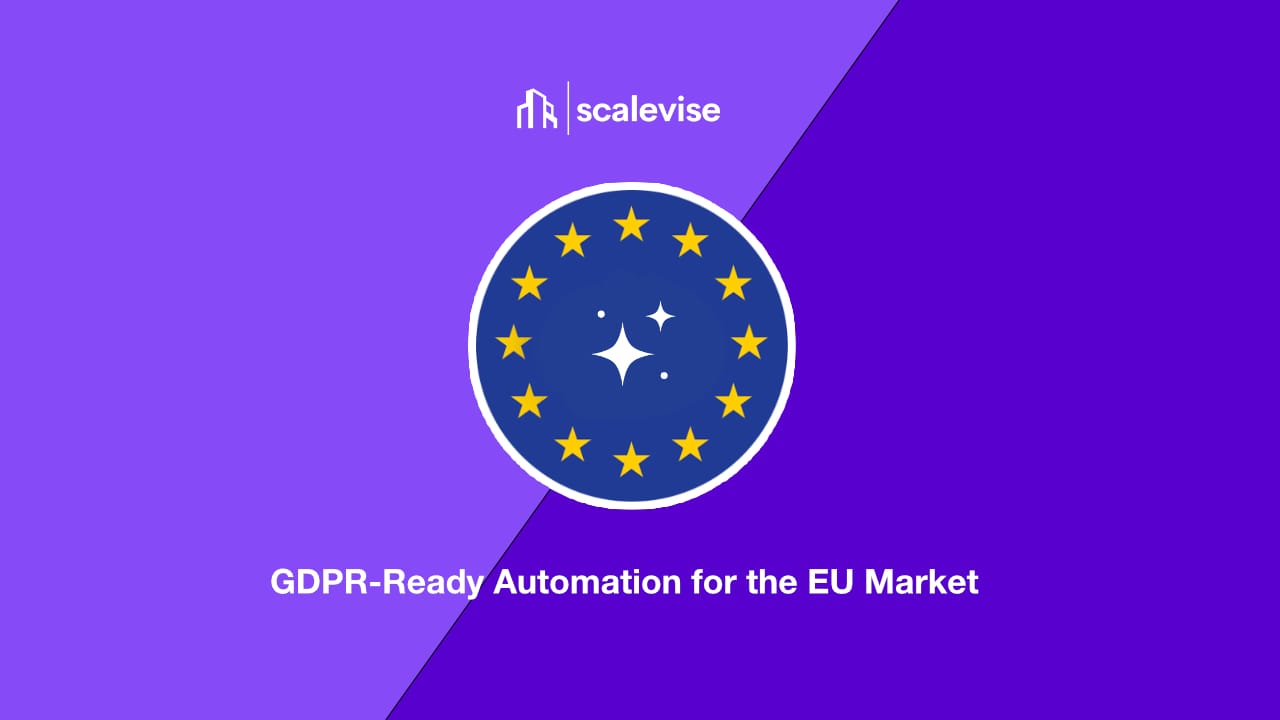EU’s AI Transparency Rules Are Now in Effect: What Businesses Must Do to Stay Compliant

The European Union has officially begun enforcing its new AI transparency regulations, marking a historic shift in how artificial intelligence systems must be disclosed and managed across the bloc.
This is not a theoretical deadline enforcement has begun.
Why This Matters Now
The EU’s AI Act is entering its first active phase, targeting high-risk and public-facing AI applications. Companies that deploy or provide AI systems within the EU must now adhere to clear transparency obligations.
That includes:
- Disclosing that users are interacting with an AI system
- Providing accessible summaries of how the AI works
- Labeling synthetic content (like deepfakes or AI-generated images)
- Offering opt-out mechanisms for profiling or automated decision-making
The AI Act is the world’s first horizontal regulation of AI. It sets the tone for global tech regulation and enforcement is starting in 2025.
This is not limited to large enterprises. Startups, SaaS platforms, AI vendors, and even no-code automation users must now ensure compliance. Whether you're enhancing customer service, automating HR, or integrating third-party AI agents, the responsibility is yours.
Are You at Risk?
If your business operates AI tools that:
- Generate text, audio, or video using models like GPT-4
- Automate decisions (e.g. credit scores, hiring, insurance)
- Provide conversational interfaces (chatbots, agents, AI assistants)
…then you may be legally obligated to disclose this to users and maintain documentation to prove it.
Key Industries Impacted:
- SaaS platforms with AI-enhanced features
- Customer service via AI agents or chatbots
- E-commerce using AI recommendation engines
- Marketing tools using AI for targeting or personalization
- Healthcare, education, and finance (strictest scrutiny)
The reality is: AI is no longer just a product feature. It’s now a compliance topic, and non-compliance introduces both legal and reputational risk.
What Needs to Be in Place?
Here’s a quick checklist your company should review immediately:
- [ ] Transparency notices on all AI interfaces
- [ ] Internal documentation of AI logic, models, or services used
- [ ] Clear opt-out mechanism for users
- [ ] Audit trail of AI outputs or decisions
- [ ] Monitoring tools for bias, hallucination, or misuse
- [ ] Role-based access to sensitive AI workflows
These aren’t optional checkboxes. They’re legal requirements in an environment where user trust and data ethics matter more than ever.
How Scalevise Clients Stay Compliant
Scalevise has already helped clients implement these layers using scalable infrastructure and lightweight AI integrations not just to comply, but to gain full visibility and control.
We’ve seen firsthand how AI features implemented in haste can create long-term liabilities. Clients who act now can build defensible workflows that actually improve performance without compromising compliance.
Read More on This Topic:
- How GDPR and AI Can Coexist Without Compromise
- The Complete Guide to AI and Data Governance
- GDPR-Compliant AI Middleware: A Practical Guide
Middleware Makes Compliance Possible
Most out-of-the-box tools like Make.com or n8n do not support these compliance mechanisms by default.
Our recommendation:
Implement a middleware layer that captures user consent, logs AI outputs, and triggers alerts when AI behavior deviates from acceptable norms. You need to be able to explain what your AI is doing and more importantly, why.
This not only prepares you for legal compliance but also future-proofs your AI stack as new regulations emerge in other jurisdictions.
Scalevise Can Help
If you're unsure how to implement these changes across your workflows, contact us. We’ve helped fast-growing teams implement scalable, auditable AI workflows using both code-based and no-code infrastructure.
